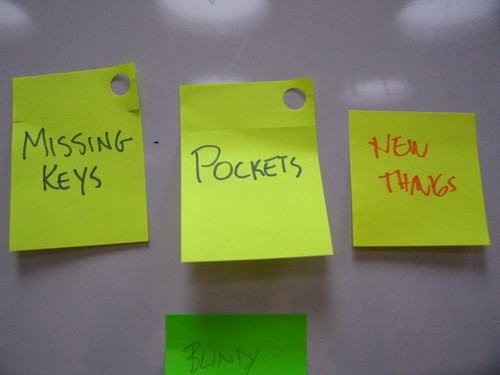At one point in the semantic technologies track of last week’s XML Summer School, I showed a little application I wrote where you enter the names of two film directors on a form, click the search button, and then see a list of all actors who’ve been in movies by both directors. The form calls a CGI script that creates a short SPARQL query, runs it, and generates an HTML page of the results. You can read more about it in the developerWorks article Build Wikipedia query forms with…
While preparing slides for the Semantic Web Overview talk I’ll be giving at the beginning of the Semantic Technologies course of the Oxford XML Summer School, I was adding a few slides on Linked Data. (Leigh Dodds is presenting a more detailed class on Linked Data later in the day.) Of course I had to include a slide of Richard Cyganiak’s interactive diagram of the Linked Data cloud, and as with many of my slides, I was tempted to re-use a slide from a presentation I’d given…
Last week was my first week working at TopQuadrant, and I spent three days in a class given by one of my new co-workers, Scott Henninger. I only had a skeletal idea of what the components of TopBraid Suite did before, and now that I have a better idea, I’m very impressed. (I may be wrong on one or two details below, but I’m still the new guy.)
I’ve known for a while about ways to dig into the vocabularies used in DBpedia’s massive collection of triples, and I’ve used terms from these vocabularies to query for information such as Bart Simpson blackboard messages and US presidents’ ages at inauguration. I saw these terms as “field” names to use when querying this body of data.
A recent @TopQuadrant tweet about legal knowledge and RDF/XML led me to Dr. Adam Wyner’s piece Legal Ontologies Spin a Semantic Web on law.com. After reading it, I wanted to leave a comment, but this required registering on law.com and telling them lots of details about the law firm I work for. I don’t work for a law firm, so I’m just putting my comments here and expanding on them a bit.

![[TopQuadrant logo]](https://www.bobdc.com/img/main/tqlogo.png)
